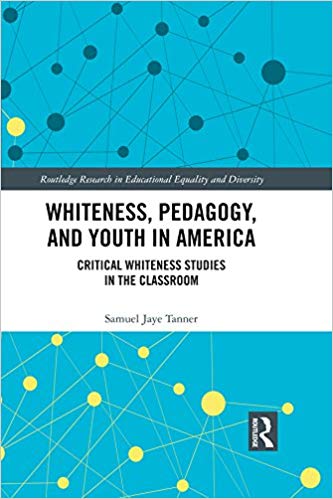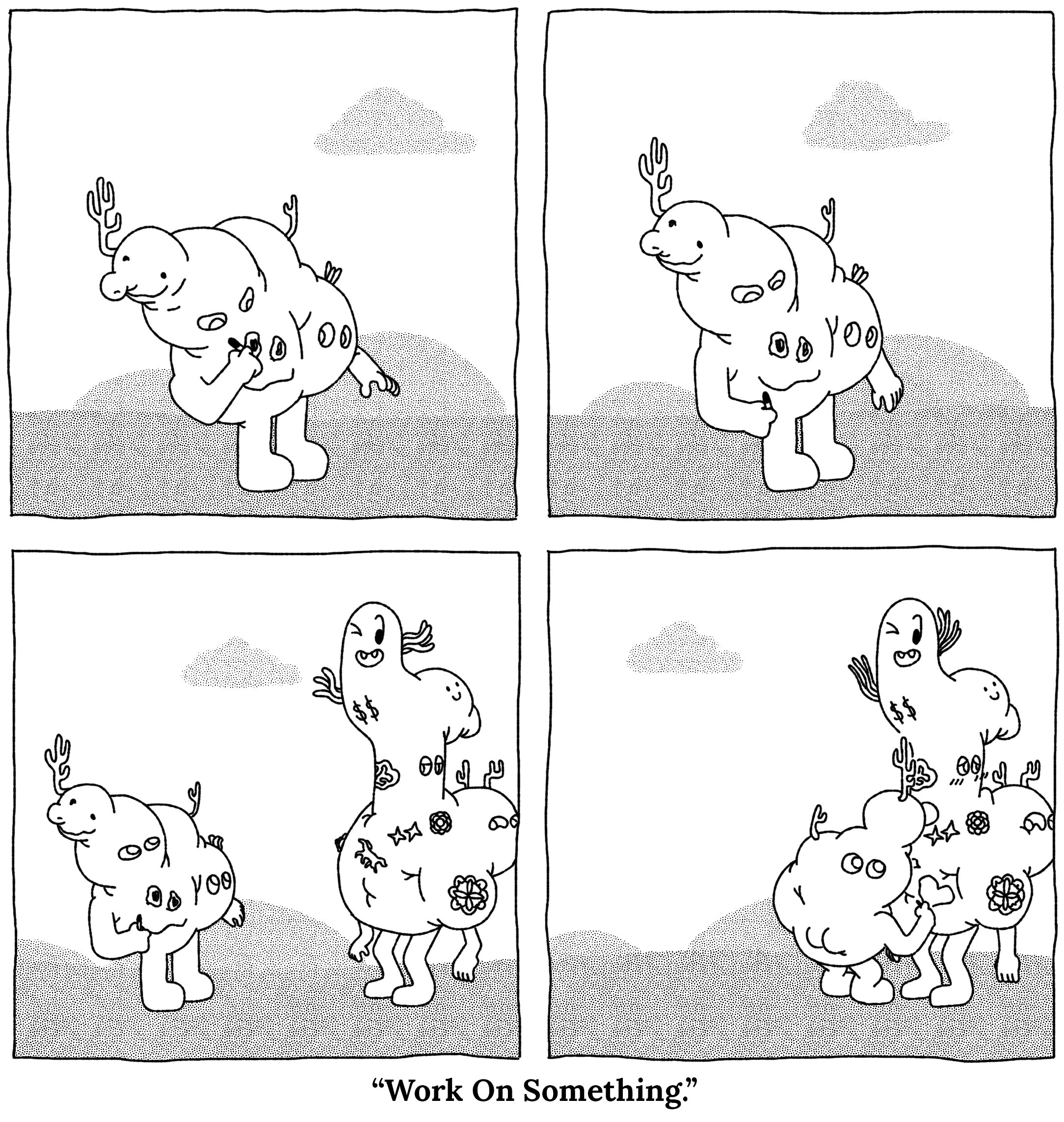
The Person on the Other Side of This Book: Sam is a professor. Sam is dying. The Creature at the Bottom of the Europan Ocean strikes up an interplanetary conversation with Sam and two of his students. And with you if you read this book. Sam races against his nemesis Arvin Bingleking, a fictional character in a book he is writing, to save this dead and dying planet that is far beyond saving, all the while trying to survive death. It’s so good to be alive, even better to be aware, the creature shouts across time and space, and Sam is trying to figure out if this is true.
***

Shot Across the River Styx: I met Nick when I was thirteen. We became fast friends. Nick shot himself when he was twenty-two. Nick’s parents attended my wedding ten years later. They were in such pain. I guess I was too. Nick often came to me in my dreams after his suicide. So I decided I would travel to him. This book is the story of my journey into the afterlife, that space between spaces. This is a funeral ceremony for my friend Nick.
***

Determined Weeds: My mother lost her first three babies. The first was never named. The second, Jayson, was stillborn. Christa was four months premature. She lived one week before passing away in Mom’s arms. My sister Christie was born next. She was also four months premature. Despite assurances that she would not live, Christie left the hospital after an extended stay in an incubator. Christie was diagnosed with cerebral palsy, but she survived. Doctors told my mother that she should not try and have any more children. Despite their objections, Mom gave birth to me four years later. I was healthy. My father, a Jew for Jesus freak, named me Samuel. My Hebrew name was Sh’muel—this means “God Listens.” I was the answer to my parent’s prayers. Mom started drinking after I turned four. She was an alcoholic by the time I was seven. This was when my parents got a divorce. My father was awarded custody of my sister and me because Mom was destroying herself. Over twenty years after Mom left me, her second husband—my stepfather Jim—shot himself in the head. I tried to insert myself back into my mother’s life. I wanted to help this woman who had lived through so much trauma. Mom refused my help, choosing alcohol and pain pills instead of a relationship with her son. A mother’s love is a powerful force. Despite Mom’s determination, I loved her. In fact, Mom’s obstinacy was responsible for my birth. She was determined to have her own way. This was true when it came to creating life as well as destroying it. This book is a eulogy for my mother. It is the story of how I learned to take the good that was in her, separate it from the bad, and cope with her absence. This is a story of moving forward in an enormous, complicated universe.
***

Playing with Sharp Objects: I’m surprised I became a high school teacher. I both loathe and love school, for what it is and what it could be. My feelings about education are complex. The book tells the schizophrenic, often humorous story of my teaching career—a career in which I was voted most inspirational teacher and suspended for inappropriate conduct in the same year. I open the book with my humorous, dysfunctional experiences as a student to foreground the more weighty story of my teaching career. This surreal work of linear nonfiction is bookended by a prologue and epilogue in which I discuss watching kids create and destroy card houses in a 9th grade study hall. I use this story to wonder how people can come together to create meaningful things. We are capable of so much, yes, but we have to build rather than destroy. My time in schools taught me this lesson over and over again.
***

Storytelling and Improvisation as Anti-Racist Pedagogies: This book theorizes and describes the concept of transformative critical whiteness pedagogies that are rooted in theories and practices of improvisation. It shows how these pedagogies invite people, especially white people, into the urgent work of resisting the ongoing production and affirmation of white supremacy.
Using the frameworks of storytelling and story analysis, this book uses narrative to invite the reader into ongoing work to design and make sense of teaching and learning about whiteness than would meaningfully account for an grapple with white supremacy. Chapter 1 offers the conceptual framework rooted in theories and practices of improvisation that allow for new ways to think about engaging whiteness in anti-racist pedagogies, which the authors name transformative critical whiteness pedagogies. Chapters 2, 3 and 4 tell and analyze the stories that emerged out of this work to design and facilitate transformative critical whiteness pedagogies with white elementary students, white college students, and then Black elementary students in the US. Chapters 5 and 6 discuss the challenges of developing and implementing transformative critical whiteness pedagogies in K-12 contexts. The final chapters offer a discussion of the improvisational ethos, as well as a overview of the authors’ ongoing work to engage people, especially white people, in getting smarter about whiteness.
Using simple, straightforward language to address complex ideas about anti-racist pedagogies, this volume will be important reading for pre-service teachers and teacher educators in Critical Whiteness Studies, Critical Multicultural Education, Social Foundations of Education, Elementary Education, and Race and Culture Studies.
***

Reckoning with the Whiteness of English Education: Learn how to disrupt the reproduction of White supremacy in curriculum and instruction. This volume directly confronts persistent iterations of whiteness in English education through advancing antiracist dispositions and practices. Readers will find a variety of practical implementations of teaching and learning in English Language Arts, English literacy, and English as a Second Language. Chapter authors are educators who describe various teaching projects located in K–12 and teacher education contexts. Each chapter includes a dialogic reaction by an acclaimed and experienced scholar to further extend thought around complex themes. Reckoning With the Whiteness of English Education encourages a more pedagogical view of how to engage teacher and student thought, feeling, and action in ways that combat White supremacy in English education across schools and society.
***

Whiteness, Pedagogy, Youth and America: This book employs a narrative approach to recount and interpret the story of an innovative teaching and learning project about whiteness. By offering a first-hand description of a nationally-recognized, high school-based Youth Participatory Action Research project—The Whiteness Project—this book draws out the conflicts and complexities at the core of white students’ racial identities. Critical of the essentializing frameworks traditionally given to address white privilege, this volume advances a distinctive and theoretically robust account of ‘second-wave critical whiteness pedagogy’.
***

